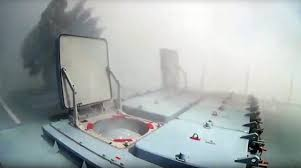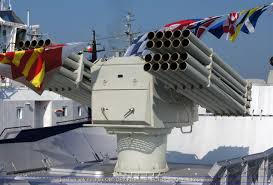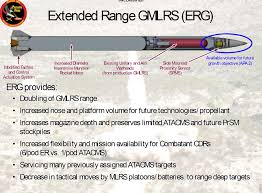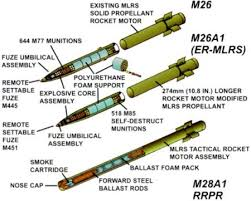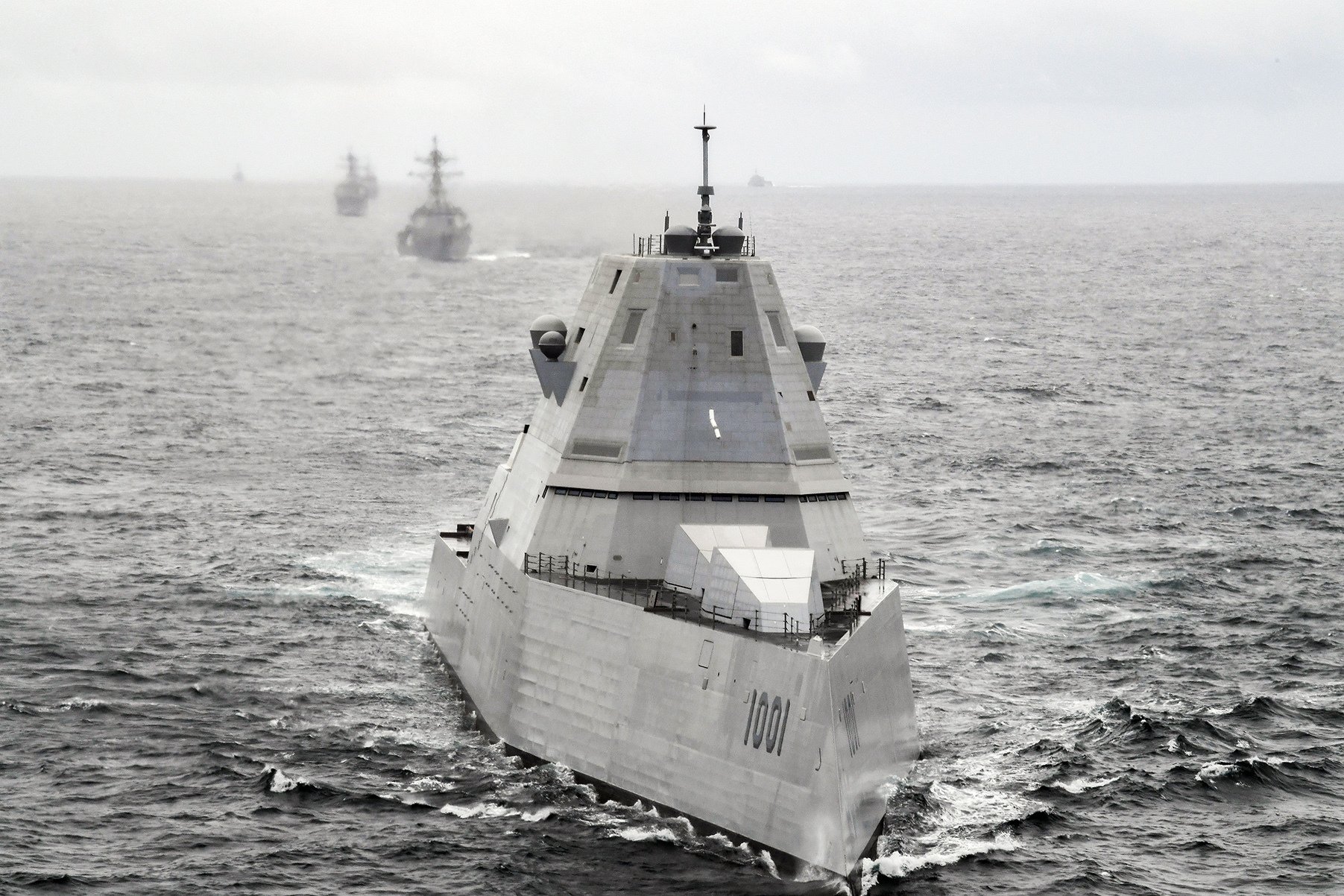Conspirator
CLEARANCE: L5
- Joined
- 14 January 2021
- Messages
- 324
- Reaction score
- 230
russia is always the one with the missilesheeeyyyyyy that's pretty good!Yes, things like GMLRS, which I mentioned. Vastly simpler to pack the rocket into a VLS cell and add a tail control unit (which is what was proposed to turn GMLRS into POLAR) rather than to build a dedicated naval launcher.
Actually no. Vertical launch is energy-inefficient; it would require adding booster to the rocket, which would skyrocket (sorry for the pun) its cost.
View attachment 648640
This is how Russian Navy done this. "Grad-M", for the placement on amphibious ships and small artillery ships. Twenty-tubes, reloadable launcher (for reload it's turned vertically to the deck hatches). Maximum range - 40 km, could use precise guidance rockets.
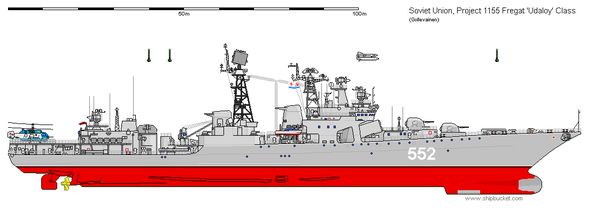
looks like what you posted

